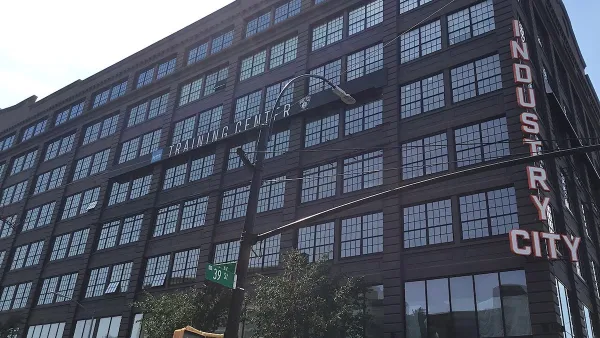For other cities struggling with sky-high real estate prices, Colorado’s resort town offers some instructive lessons on what’s working — and what isn’t.

The first time Jenny Stuber ever visited Aspen, it was on rock legend John Denver’s private jet, called the “Windstar.” She had been living with her mother, on welfare and eligible for free-and-reduced lunch at school. But when her father moved to Aspen in 1976, she began to visit him in the summers. Aspen introduced her to a new world — one of extreme contradictions. Whereas many locals, like her father, were able to get by on middle-class salaries and lived in affordable homes, others spent $2 million on second, third, or even fourth homes. This experience, in part, inspired her to become a sociologist, and to turn her lens on questions of social class and how it’s formed.
In her new book, “Aspen and the American Dream: How One Town Manages Inequality in the Era of Supergentrification,” Stuber, an associate professor of sociology at the University of North Florida, explores how the Aspen of her childhood has shifted in an era of “supergentrification.” While the city has managed to maintain a working middle class, thanks in large part to an affordable housing program established in the 1970s, progressive political leadership and creative urban planning, moneyed interests threaten to tip the scales in favor of high-end development. In 2016, the City Council announced a complete moratorium on development. Over 10 months, it rewrote the land-use code to favor residents over developers.
Stuber spoke with Next City about her book, what supergentrification looks like on the ground, and what other cities and communities can learn from places like Aspen. This interview has been lightly edited.
FULL STORY: Can Cities Be Saved From ‘Supergentrification’? Aspen May Offer a Roadmap

Analysis: Cybertruck Fatality Rate Far Exceeds That of Ford Pinto
The Tesla Cybertruck was recalled seven times last year.

National Parks Layoffs Will Cause Communities to Lose Billions
Thousands of essential park workers were laid off this week, just before the busy spring break season.

Retro-silient?: America’s First “Eco-burb,” The Woodlands Turns 50
A master-planned community north of Houston offers lessons on green infrastructure and resilient design, but falls short of its founder’s lofty affordability and walkability goals.

Test News Post 1
This is a summary

Analysis: Cybertruck Fatality Rate Far Exceeds That of Ford Pinto
The Tesla Cybertruck was recalled seven times last year.

Test News Headline 46
Test for the image on the front page.
Urban Design for Planners 1: Software Tools
This six-course series explores essential urban design concepts using open source software and equips planners with the tools they need to participate fully in the urban design process.
Planning for Universal Design
Learn the tools for implementing Universal Design in planning regulations.
EMC Planning Group, Inc.
Planetizen
Planetizen
Mpact (formerly Rail~Volution)
Great Falls Development Authority, Inc.
HUDs Office of Policy Development and Research
NYU Wagner Graduate School of Public Service




























